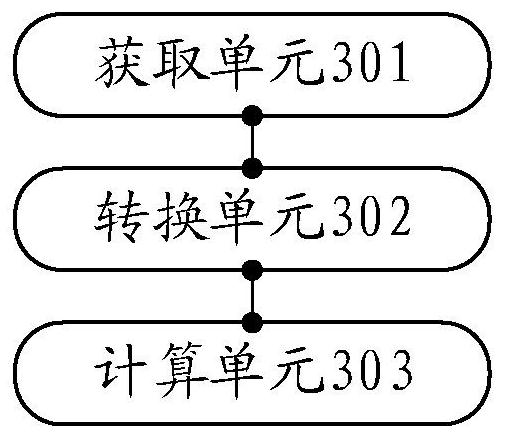Low-voltage ride through method and device of power grid following type inverter
A low-voltage ride-through and inverter technology, which is applied in the electric power field, can solve problems such as phase voltage over-limit of the power grid system, and achieve the effects of reducing voltage unbalance, improving stability and dynamic control performance
- Summary
- Abstract
- Description
- Claims
- Application Information
AI Technical Summary
Problems solved by technology
Method used
Image
Examples
Embodiment 1
[0056] see figure 1 , Embodiment 1 of a low-voltage ride-through method for a grid-following inverter provided in an embodiment of the present application, including:
[0057] Step 101 , when an asymmetrical fault occurs in the power grid, acquire the three-phase voltage signals of the common coupling points of the inverters.
[0058] It should be noted that when an asymmetrical fault occurs in the power grid, the voltage at the PCC point is unbalanced, and the three-phase voltage signal at the PCC point (common coupling point) is obtained through a measuring device.
[0059] Step 102, decompose the three-phase voltage signal into positive sequence component and negative sequence component by symmetrical component method, and transform the positive sequence component and negative sequence component into positive sequence voltage and negative sequence voltage in αβ coordinate system respectively by Clark transform.
[0060] Then use the symmetrical component method (SCM) to de...
Embodiment 2
[0067] see figure 2 , Embodiment 2 of a low-voltage ride-through method for a grid-following inverter provided in an embodiment of the present application, including:
[0068] Step 201, when an asymmetrical fault occurs in the grid, acquire the three-phase voltage signals of the common coupling points of the inverters.
[0069] Step 201 is the same as the description of step 101 in Embodiment 1, please refer to the description of step 101, and details are not repeated here.
[0070] Step 202, decompose the three-phase voltage signal into positive sequence component and negative sequence component by symmetrical component method, and transform the positive sequence component and negative sequence component into positive sequence voltage and negative sequence voltage in αβ coordinate system respectively by Clark transform.
[0071] Step 202 is the same as the description of step 102 in Embodiment 1, please refer to the description of step 102, and details are not repeated here...
PUM
 Login to View More
Login to View More Abstract
Description
Claims
Application Information
 Login to View More
Login to View More - Generate Ideas
- Intellectual Property
- Life Sciences
- Materials
- Tech Scout
- Unparalleled Data Quality
- Higher Quality Content
- 60% Fewer Hallucinations
Browse by: Latest US Patents, China's latest patents, Technical Efficacy Thesaurus, Application Domain, Technology Topic, Popular Technical Reports.
© 2025 PatSnap. All rights reserved.Legal|Privacy policy|Modern Slavery Act Transparency Statement|Sitemap|About US| Contact US: help@patsnap.com



